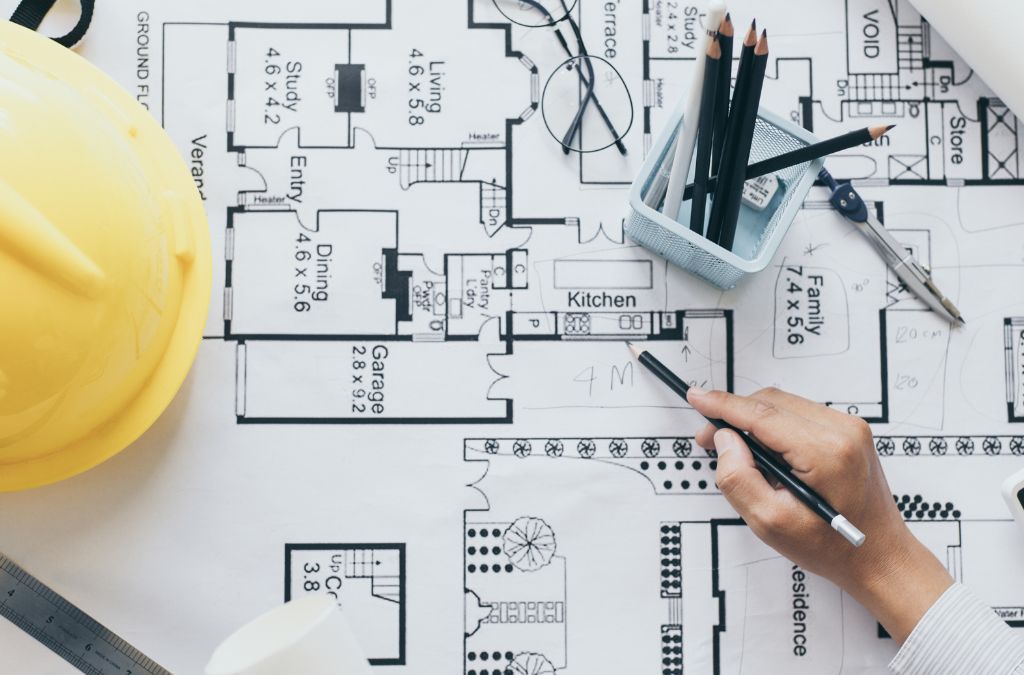
-
Table of Contents
Architectural Excellence: How Architects Transform Ideas into Reality
Architecture stands as a testament to human ingenuity and creativity. The process of transforming abstract ideas into tangible structures involves a blend of art, science, and technology. This article explores the journey of architectural design, from initial concepts to completed buildings, highlighting the skills and processes that architects employ to bring their visions to life.
The Role of an Architect
Architects are more than just designers; they are visionaries who shape the built environment. Their role encompasses a wide range of responsibilities, including:
- Conceptualizing and developing design ideas
- Creating detailed plans and blueprints
- Ensuring compliance with building codes and regulations
- Collaborating with engineers, contractors, and clients
- Overseeing the construction process
From Concept to Blueprint
The journey of architectural design begins with an idea. This initial concept is often inspired by various factors such as the site, the client’s needs, and the intended function of the building. Architects use sketches, models, and digital tools to explore and refine their ideas. This phase involves:
- Site analysis: Understanding the physical and environmental context of the project
- Client consultation: Gathering requirements and preferences from the client
- Preliminary design: Creating initial sketches and models to visualize the concept
Once the concept is solidified, architects move on to creating detailed blueprints. These technical drawings serve as a roadmap for the construction process, outlining every aspect of the building’s design, including structural elements, electrical systems, and plumbing.
Case Study: The Sydney Opera House
The Sydney Opera House is a prime example of architectural excellence. Designed by Danish architect Jørn Utzon, this iconic structure faced numerous challenges during its construction. The unique sail-like design required innovative engineering solutions and advanced construction techniques. Despite these hurdles, the Sydney Opera House stands today as a symbol of creativity and perseverance.
Collaboration and Communication
Successful architectural projects rely heavily on collaboration and communication. Architects work closely with a diverse team of professionals, including:
- Structural engineers: Ensuring the building’s stability and safety
- Mechanical engineers: Designing HVAC and plumbing systems
- Electrical engineers: Planning electrical layouts and systems
- Contractors: Managing the construction process and labor
Effective communication is key to ensuring that all team members are aligned and that the project progresses smoothly. Regular meetings, updates, and revisions are part of this collaborative effort.
Embracing Technology
Modern architecture has greatly benefited from advancements in technology. Tools such as Building Information Modeling (BIM) and Computer-Aided Design (CAD) have revolutionized the design process. These technologies allow architects to create highly detailed and accurate models, simulate various scenarios, and identify potential issues before construction begins.
For instance, BIM enables architects to create a digital representation of the building, incorporating data on materials, costs, and timelines. This holistic approach enhances efficiency and reduces the likelihood of errors during construction.
Sustainability in Architecture
With growing awareness of environmental issues, sustainability has become a key consideration in architectural design. Architects are increasingly incorporating eco-friendly practices and materials into their projects. Some strategies include:
- Using renewable energy sources such as solar panels and wind turbines
- Incorporating green roofs and walls to improve insulation and air quality
- Utilizing sustainable materials like bamboo, recycled steel, and reclaimed wood
- Designing buildings to maximize natural light and ventilation
One notable example is the Bullitt Center in Seattle, often referred to as the “greenest commercial building in the world.” This building features solar panels, rainwater harvesting systems, and composting toilets, demonstrating the potential of sustainable architecture.
The Impact of Architecture on Society
Architecture has a profound impact on society, influencing how people live, work, and interact. Well-designed buildings can enhance the quality of life, promote social interaction, and contribute to the cultural identity of a community. Conversely, poorly designed structures can lead to issues such as overcrowding, lack of accessibility, and environmental degradation.
For example, the High Line in New York City transformed an abandoned railway into a vibrant public park, revitalizing the surrounding neighborhoods and providing a green space for residents and visitors alike.
Conclusion
Architectural excellence is the result of a meticulous and collaborative process that transforms ideas into reality. From initial concepts to detailed blueprints, architects employ a blend of creativity, technical expertise, and innovative technology to create structures that stand the test of time. By embracing sustainability and prioritizing the needs of society, architects continue to shape the built environment in ways that inspire and uplift.